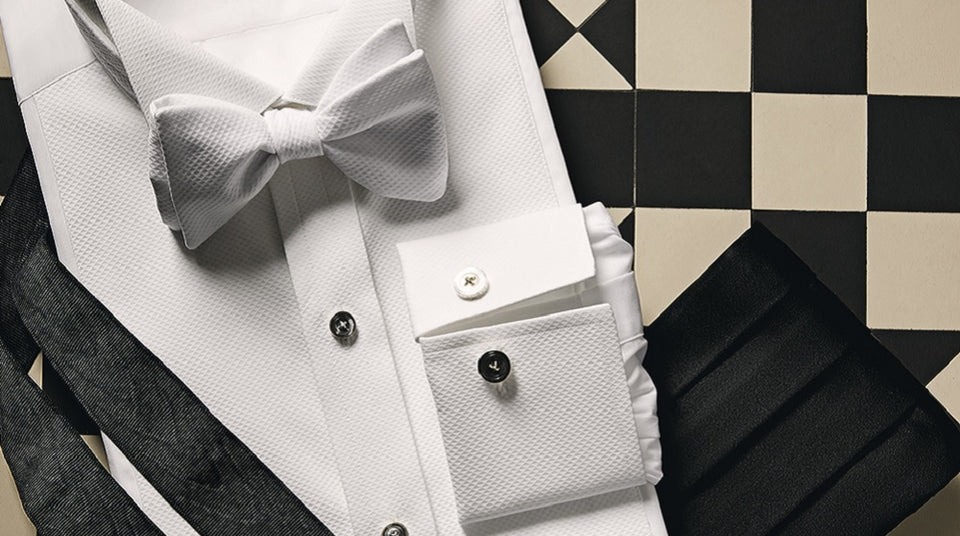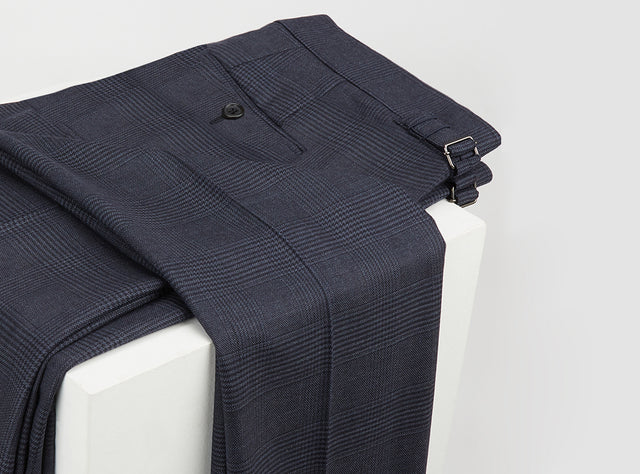The History of Eveningwear
Before the dinner jacket became popular, men wore tailcoats in the evening, an outfit now referred to as white tie.
It was in 1865 that the then Prince of Wales and future King Edward VII asked his tailor to make for him a ‘celestial blue evening coat’ to wear at Sandringham, his country home. With this move he is credited with inventing the dinner jacket, a style that didn’t really supersede the tailcoat in London circles until the 1920s. Since then the tenor of eveningwear has been set less by the monarchy and more by actors, musicians and celebrities. Even now in an era where the rules of dressing are less strict than ever, the relevance of eveningwear remains undimmed.
The dinner jacket can be worn interchangeably with velvet smoking jackets like the ones in Turnbull & Asser’s collection, because flamboyance is back after a four-decade absence. With dress codes universally relaxed, men are free to pick jackets made from colourful velvet or patterned jacquard fabrics; shawl collars, quilted lapels and frogging are also popular, as are cream dinner jackets.

Traditionalists remain sure that whether the jacket is flamboyant or sober, it’s still best worn with elegant black trousers and well-polished black shoes but for many men, an open-necked white shirt, slim designer jeans and velvet slippers will do just fine for private parties. The dinner jacket’s future may paradoxically be more secure given the decline in popularity of the regular suit, as eveningwear offers men an opportunity to dress up rather than merely to conform to what’s regarded as a work uniform.
As it retains its place in a gentleman’s wardrobe – thanks to the innovations of brands such as Turnbull & Asser and the sartorial influence of modern dandies such as Pharrell Williams, Donald Glover and Eddie Redmayne – the question that remains is how the art of dressing for the evening will continue to evolve.




